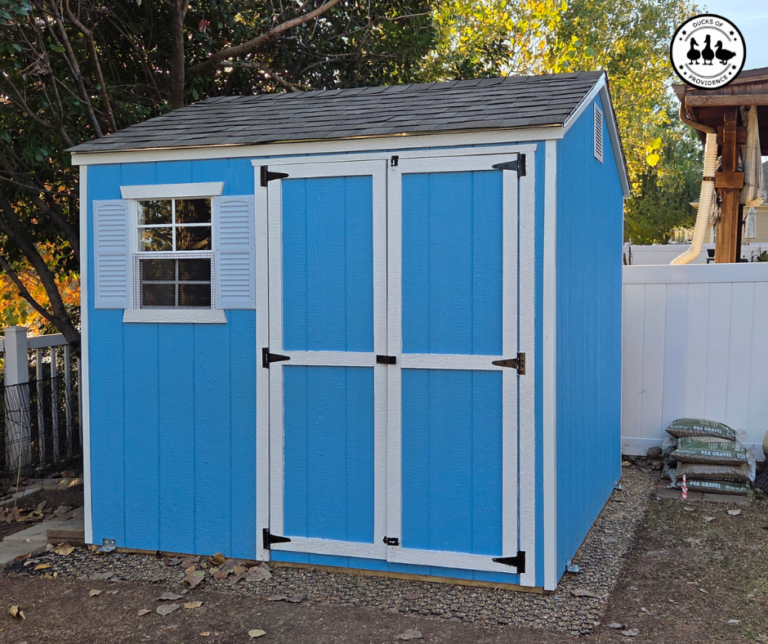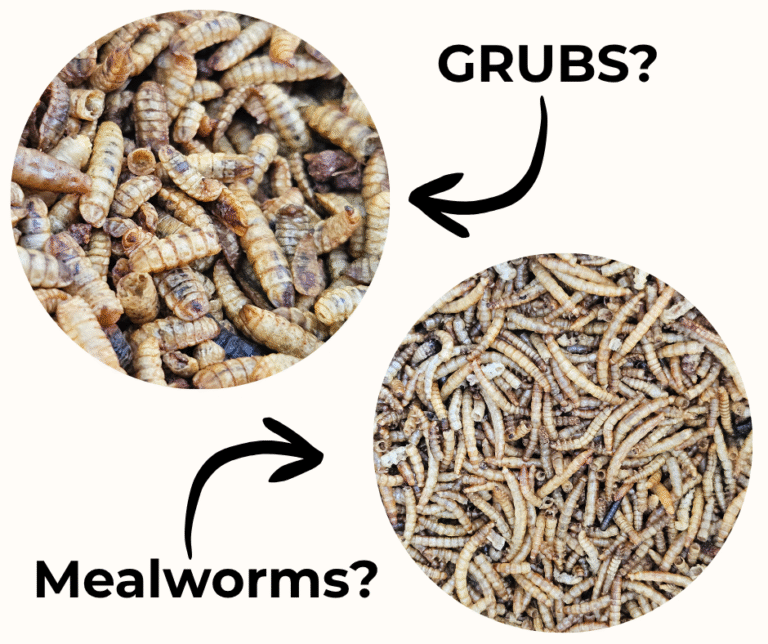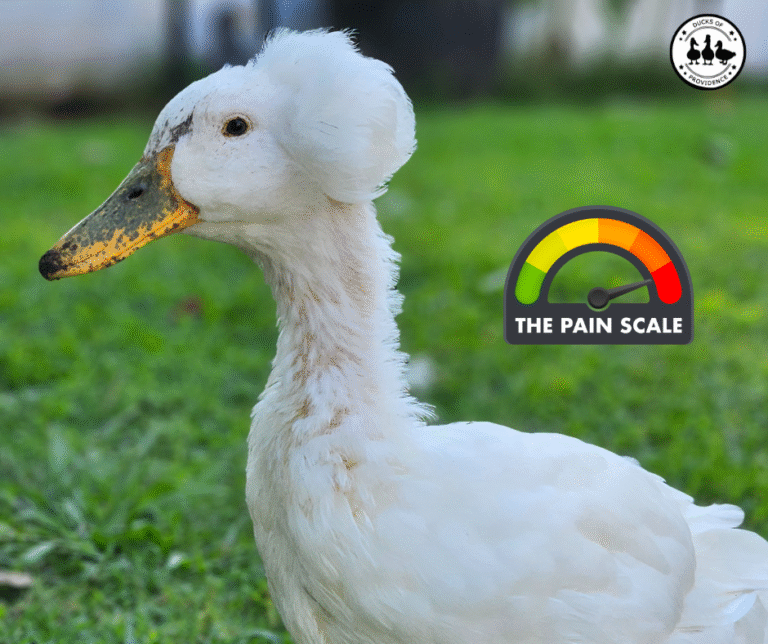
Indian Runner Ducks: The Upright, Active, and Entertaining Breed
Indian Runner ducks are one of the most distinctive and fascinating duck breeds, known for their upright posture and incredible foraging abilities. With a history stretching back centuries, these ducks have been valued for their prolific egg-laying, hardiness, and unique appearance. Whether you’re looking for an efficient egg producer, a pest-controlling garden companion, or a friendly pet, Runner ducks are an excellent choice.
Ducks of Providence is free, thanks to reader support! Ads and affiliate links help us cover costs—if you shop through our links, we may earn a small commission at no extra cost to you. Thanks for helping keep our content free and our ducks happy! 🦆 Learn more
History of Indian Runner Ducks
The Indian Runner duck has a fascinating and ancient history, with origins tracing back over 2,000 years. Evidence of their long-standing presence can be seen in ancient Javan temple carvings, which depict upright, slender ducks resembling modern Runners. These carvings suggest that Runner-type ducks existed in Indochina centuries ago, playing an important role in local agriculture and daily life.
For hundreds of years, people in Indonesia and India have used Runner ducks in a unique, traditional herding system. Ducks were trained to stay within sight of a herder’s long bamboo pole, which had cloth strips attached to one end. Each morning, herders would guide their flocks out to rice paddies and fields, where the ducks would forage for scattered grain, weed seeds, snails, insects, larvae, and even small reptiles. At night, the ducks were driven back home and housed in protective enclosures made of bamboo or clay. This cycle of foraging and controlled breeding over centuries naturally selected for ducks that were exceptional walkers, efficient foragers, and prolific egg layers.
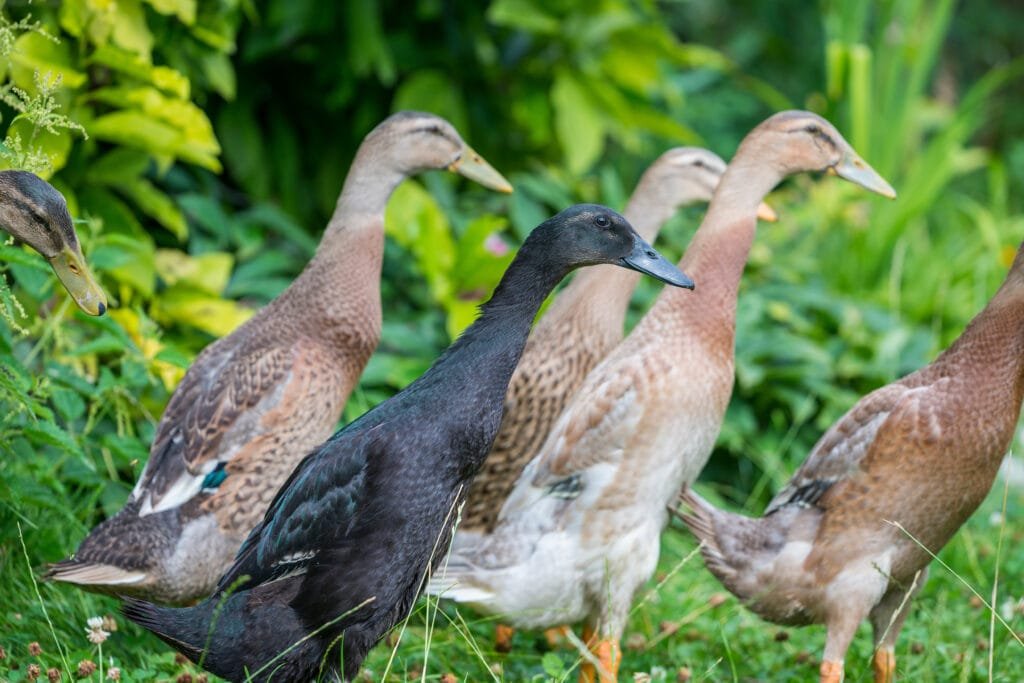
The breed’s journey beyond Asia began in the mid-19th century when Indian Runners were introduced to the United Kingdom from Malaysia by a ship’s captain around 1850. Their unusual upright stance, rapid movement, and impressive egg production quickly caught the attention of British farmers and poultry enthusiasts. British artist Harrison Weir included them in his 1902 book Our Poultry and All About Them, referring to them as “Penguin Ducks” due to their distinct posture. When Indian Runners were later imported into the United States, they were often known by this name as well.
Throughout the late 1800s, Indian Runners became a popular breed among homesteaders in both the UK and the US, valued for their ability to lay a high number of eggs—sometimes over 300 per year. However, indiscriminate crossbreeding with other domestic duck breeds in Europe led to a decline in purebred Indian Runners. By the early 1900s, the breed had nearly disappeared in its original form in parts of Europe. Fortunately, dedicated breeders and poultry enthusiasts worked to preserve and restore the breed, ensuring that the remarkable Indian Runner duck remains a favorite among farmers, backyard keepers, and poultry fanciers today. Their current conservatory status is recovering.
Traits of Indian Runner Ducks
Indian Runner ducks are one of the most distinctive and active duck breeds, easily recognized by their upright stance and slim build. Weighing between 4 and 4.5 lbs, their elongated bodies and long necks have led to comparisons with a “wine bottle” or “bowling pin with a head and legs.” Their head is sleek and slender, with eyes set high, and their straight bills can range in color from light yellow or orange to black.
📏 Size: Indian Runner ducks are lightweight and slender, with males weighing between 3.5 to 5 pounds and females around 3 to 4 pounds.
Their legs are set far back on their bodies, giving them their characteristic vertical posture, which can range from 45 to 75 degrees. When startled or excited, some Indian Runners will stand completely upright. Unlike ducks of other breeds that waddle when they walk, Indian Runners move with a smooth, fast gait, making them excellent foragers.

🟡 Body Shape: They are famous for their upright, bottle-shaped bodies that allow them to stand tall and run rather than waddle.
While Indian Runners cannot sustain flight, they are agile enough to scramble over a two-to-three-foot barrier, particularly if food is on the other side.
Color Variations of Runner Ducks
🎨 Color Variations: Indian Runners come in a wide variety of colors, including white, fawn, black, chocolate, blue, penciled, and trout, among others. This diverse coloration makes them a visually striking addition to any flock.
Indian Runner ducks are unique not only for their upright posture and active nature but also for their wide range of color variations—more than any other domestic duck breed. The American Standard of Perfection officially recognizes eight color varieties, each with distinct feather patterns and hues. Regardless of their external coloring, all Indian Runners have pink skin, a trait that sets them apart from some other breeds.
Here’s a closer look at the recognized colors and their characteristics:
- Fawn & White – One of the most recognizable and classic Runner colors, this variety features a creamy fawn-colored body with a contrasting white chest, belly, and sometimes facial markings. Males and females are similar in appearance, but drakes often have more defined coloration.
- White – A pure white Runner duck with a sleek, uniform color throughout its body. Their bright orange bills and legs stand out against their snow-white feathers. Males and females are identical in color, though drakes are slightly larger.
- Penciled – A stunning variety with delicate feather markings. Penciled Runners have a light fawn, gray, or buff base color with fine, even darker penciling across their body. This pattern is more defined in females, while drakes appear slightly more washed out in comparison.
- Black – A striking solid-black Runner duck with an iridescent green sheen that reflects in sunlight, especially on the drake’s feathers. Their legs and bills are also black. Males tend to have a more pronounced glossy green shimmer, while females often appear more matte in comparison.
- Buff – A soft, warm-toned light brown or sandy color throughout the body. This variety is uniform in color with no strong contrast markings. Drakes are slightly brighter in shade, while females may appear more muted.
- Chocolate – A deep brown Runner with a rich, velvety chocolate hue. Similar to Black Runners, the drakes tend to have a more pronounced shine, whereas females have a softer, duller brown tone. Bills and legs are often a darker brown or black.
- Cumberland Blue – A rare and striking variety, these Runners have soft blue-gray plumage. Some may display subtle lacing on their feathers. Like other blue-colored waterfowl, breeding two Cumberland Blues together may result in some ducklings being Silver (lighter blue) or Black (darker version). Drakes often have a glossier, slightly darker shade of blue compared to females.
- Gray (Mallard-colored) – Sometimes called Blue Mallard, these ducks resemble the wild Mallard pattern but in an upright Runner body. Drakes have the classic Mallard coloration, including a deep green head, white neck ring, chestnut breast, and grayish body. Females have a brown body with soft lacing and a distinct eye stripe, much like a typical female Mallard.
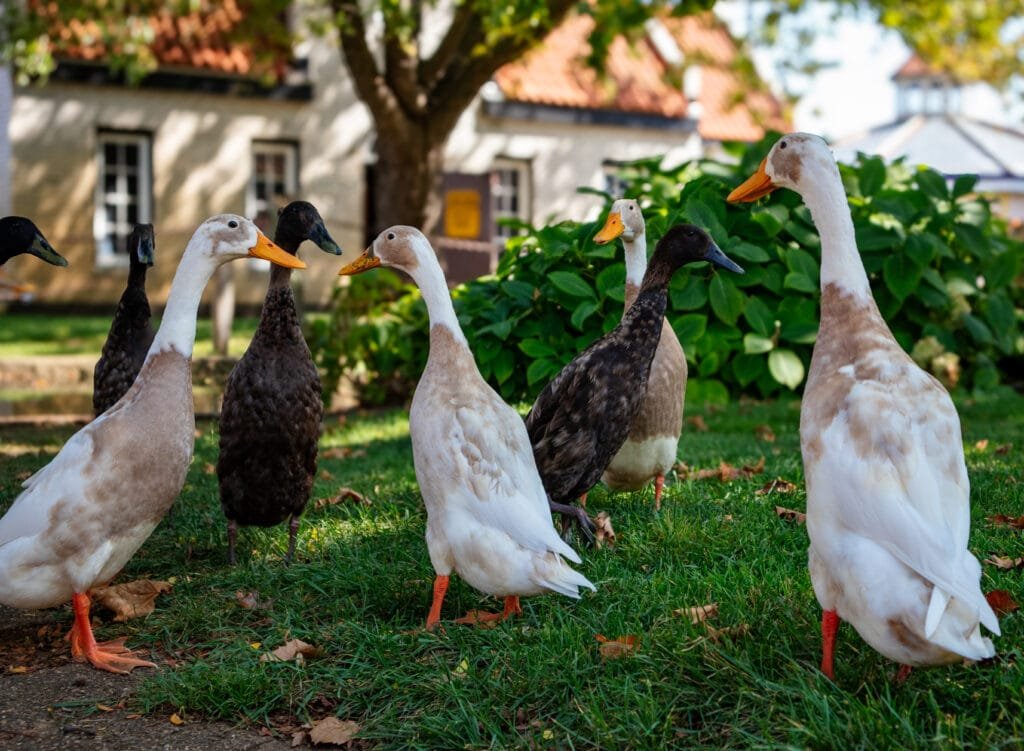
Sexual Dimorphism (Male vs. Female Differences)
While color variations can make it difficult to distinguish between sexes at first glance, Indian Runner drakes and ducks have key differences:
- Curly Tail Feathers – As with most domestic ducks, drakes develop a curled feather at the top of their tail after a few months, while females have a smooth, flat tail.
- Voice Differences – Females have a louder, distinct quack, while males produce a softer, raspy sound—a reliable way to tell them apart by ear.
- Slight Size Differences – Drakes are slightly larger and heavier, with a more pronounced upright stance compared to ducks.
- Feather Glossiness – In darker-colored varieties (Black, Chocolate, Cumberland Blue, and Gray), drakes tend to have a shinier, more iridescent feather sheen, whereas females have a softer, more matte appearance.
Despite their variety of colors, all Indian Runner ducks share the same lean body type, upright posture, and active personality. Their striking colors, prolific egg-laying abilities, and foraging skills make them an excellent choice for both backyard keepers and exhibition breeders.
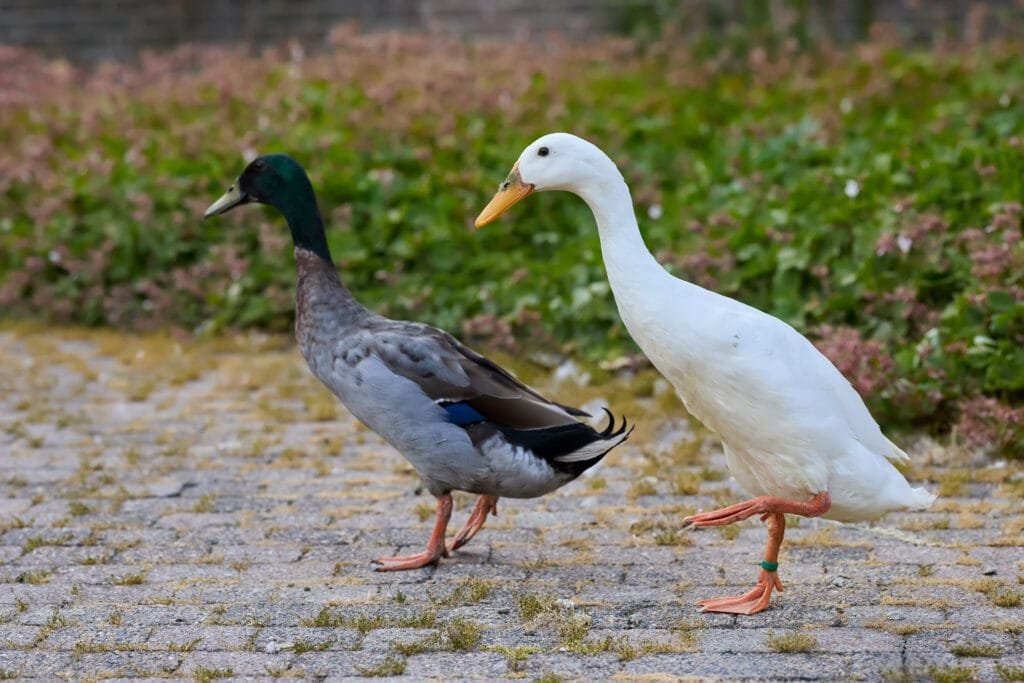
Egg Production and Behavior
Indian Runners are prolific layers, with high-quality strains producing over 250 white, hen-sized eggs per year. Unlike some duck breeds, they rarely go broody, though they will build and use a nest. However, once the ducklings hatch, Runner hens do not display strong maternal instincts, meaning ducklings need to be raised in a brooder if you intend to hatch eggs.
🥚 Egg Production: They typically lay between 200 to 300 eggs per year, making them one of the best egg-laying duck breeds.
From the moment they hatch, Indian Runner ducklings exhibit an active and energetic disposition. Breeders like David Holderread note that newly hatched ducklings must be handled gently and spoken to in a calm voice; otherwise, their eagerness to explore may lead them to jump from the incubator.
🥚 Egg Size & Color: Their eggs are usually large and can range in color from white to pale green or blue, depending on the individual duck.

Foraging and Temperament
Indian Runners are the most active foragers of all domestic duck breeds. They eagerly roam large areas in search of snails, slugs, insects, weed seeds, and other small edibles. While they can be kept in a run, they strongly prefer open spaces and will become quite vocal if confined too much. Their natural inclination to forage makes them an excellent addition to farms and gardens, as they help control pests without damaging plants as much as chickens might.
These ducks are a busy, high-energy breed that requires handling from an early age if you want them to be comfortable around people. While they can be friendly and even used in herding competitions, they are also prone to nervousness and can panic easily in response to perceived threats. With consistent training and exposure, they can become accustomed to human presence and make engaging, quirky companions.
Health and Climate Adaptability
Indian Runner ducks are a hardy breed that thrives in both cold and hot climates. Female ducks tend to be louder than drakes, with a distinct quacking sound, whereas drakes produce a softer, raspy noise.
When selecting breeders, it’s important to avoid ducks with a low body posture, stocky builds, overly prominent shoulders or chests, round heads, short bills, or tails that remain cocked upward at all times. Ideal breeding candidates should have strong legs, a smooth and efficient running gait, and a family history of high egg production and excellent foraging abilities.
With their unique appearance, lively personalities, and unmatched foraging skills, Indian Runner ducks remain a beloved choice for both backyard keepers and farmers looking for active, efficient layers.

Purpose and Uses of Indian Runner Ducks
Indian Runner ducks are primarily valued for their exceptional egg production, with top strains laying over 250 white, hen-sized eggs per year. Some highly productive individuals can even surpass 300 eggs annually, making them one of the most prolific laying duck breeds. Their eggs are not only larger than chicken eggs but also rich in nutrients, making them a popular choice for baking and cooking. Unlike some duck breeds that frequently go broody, Runners rarely sit on their eggs, making them more consistent layers.
Beyond egg production, Indian Runners are highly efficient foragers, making them excellent for natural pest control. They eagerly roam large areas searching for snails, slugs, insects, larvae, weed seeds, and even small reptiles, helping to reduce garden and farm pests without the need for chemical treatments. Historically, they were used in rice paddies and fields in Southeast Asia to clear pests while also fertilizing the soil with their droppings. Today, they serve a similar role on organic farms, orchards, and vineyards, where they control pests without damaging plants, as they rarely dig into the soil like chickens do.
While Indian Runner ducks are not typically raised for meat due to their lean bodies and lower breast meat yield, some still find their meat to be flavorful, often likened to wild duck. However, their primary purpose remains egg production and foraging.
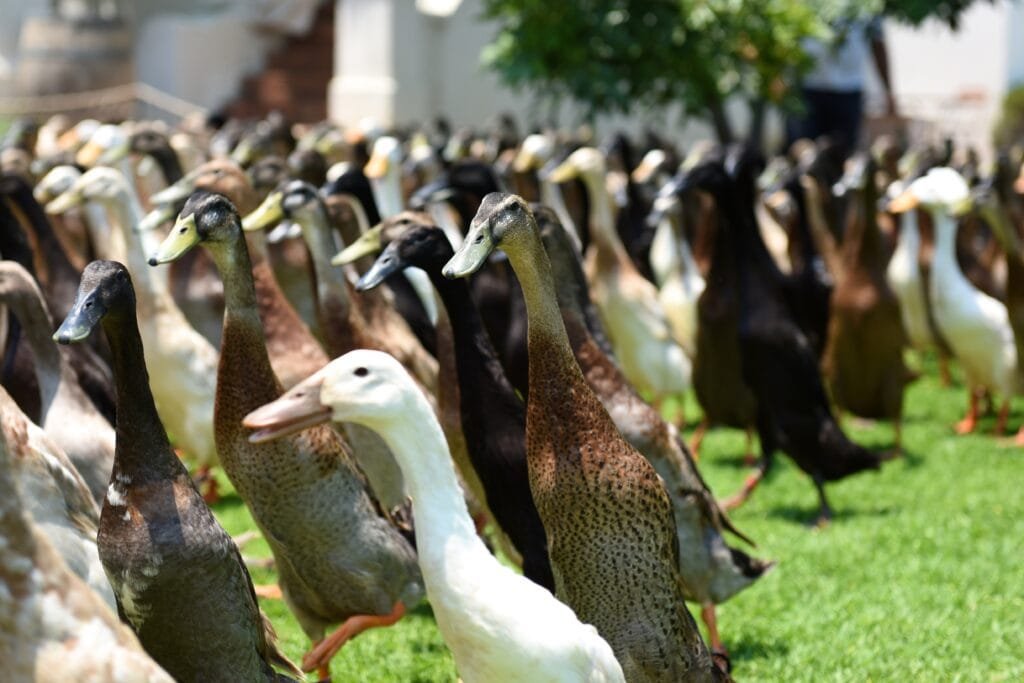
Their unique upright posture, slim build, and active nature also make them popular in poultry exhibitions. Breeders and enthusiasts showcase Runners at duck shows worldwide, where their stance, color variety, and overall conformation are judged. European strains tend to have an even more vertical posture than those in North America, making them particularly sought after in show circles.
Additionally, Indian Runners are known for their quirky and energetic personalities, making them a fun and practical addition to backyard farms and homesteads. They are social birds that thrive in groups and, with proper handling from a young age, can become quite friendly. Their ability to be trained has even made them a favorite breed for herding demonstrations, where they navigate obstacle courses under the guidance of trained dogs.
Whether you’re looking for a reliable layer, a natural pest control solution, a show-quality bird, or a lively addition to your flock, Indian Runner ducks excel in a variety of roles, making them one of the most versatile and fascinating domestic duck breeds.
Runner Ducks in Europe vs North America
The Indian Runner duck has had slightly different development and popularity in Europe versus North America. In Europe, particularly in the United Kingdom, Indian Runners were introduced in the mid-19th century and quickly became popular for their high egg production. Over time, they were crossbred with other domestic ducks, which led to a decline in purebred Runners. However, dedicated breeders worked to restore the breed, and today, European Runners tend to be more refined in body type, with a taller and more upright posture. The breed is often exhibited in poultry shows, where strict adherence to the breed standard—such as slender bodies, high leg placement, and a nearly vertical stance—is emphasized. European strains are often bred for elegance and appearance, making them a favorite among show breeders.
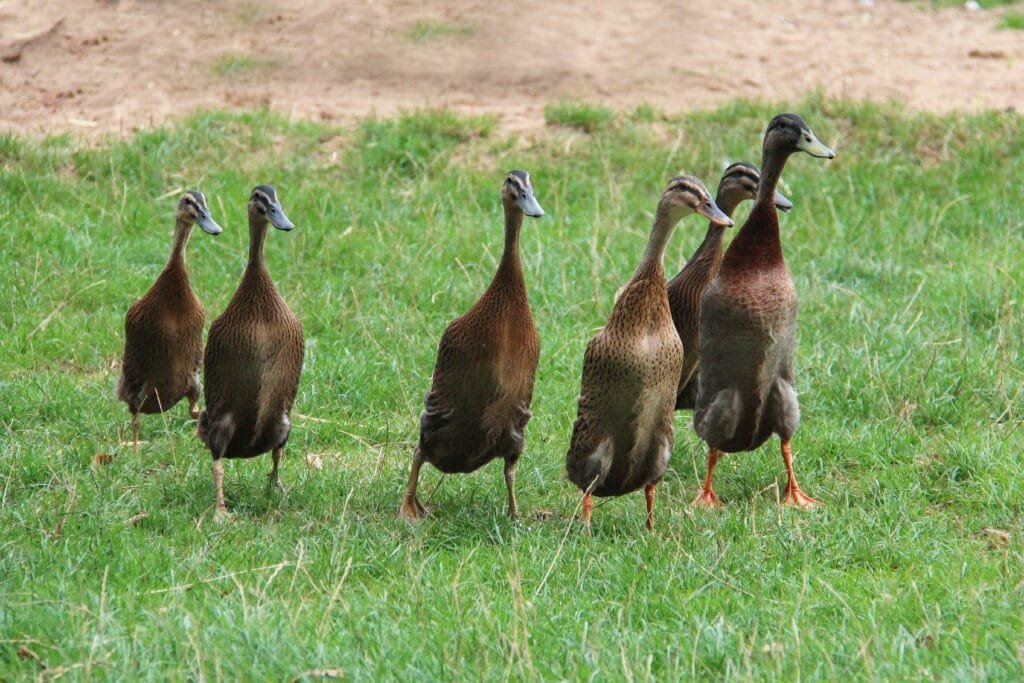
In North America, Indian Runners were introduced around the late 1800s, when they quickly became valued by homesteaders for their exceptional egg production and foraging abilities. While the breed remains popular for its utility, North American Runners tend to have a slightly more varied stance, with many birds carrying themselves at 45 to 75 degrees rather than the extreme vertical posture seen in some European lines. Due to commercial hatchery breeding, some North American strains have become less refined in body shape, sometimes appearing stockier than their European counterparts. However, dedicated breeders and hatcheries, such as Metzer Farms, continue to offer high-quality birds with strong laying potential and good foraging instincts.
Overall, European Runners tend to be bred more for show quality and extreme upright posture, while North American Runners are often favored for their egg production, active foraging, and adaptability to backyard and homestead settings.
Where to get them from?
If you’re looking to add Indian Runner ducks to your flock, it’s important to source them from reputable breeders to ensure healthy, well-bred birds. Many hatcheries and farms across the U.S. offer Indian Runners, but our friends at Metzer Farms are a fantastic option, as they carry many of the recognized color varieties, including Fawn & White, Black, Chocolate, Silver, and more. Metzer Farms is well-known for their high-quality ducklings and excellent customer service, making them a trusted choice for both beginner and experienced duck keepers. Whether you’re looking for prolific egg layers, natural pest control, or simply a quirky and active addition to your flock, getting your Runners from a reliable source like Metzer ensures you’ll start off with healthy, well-socialized birds.
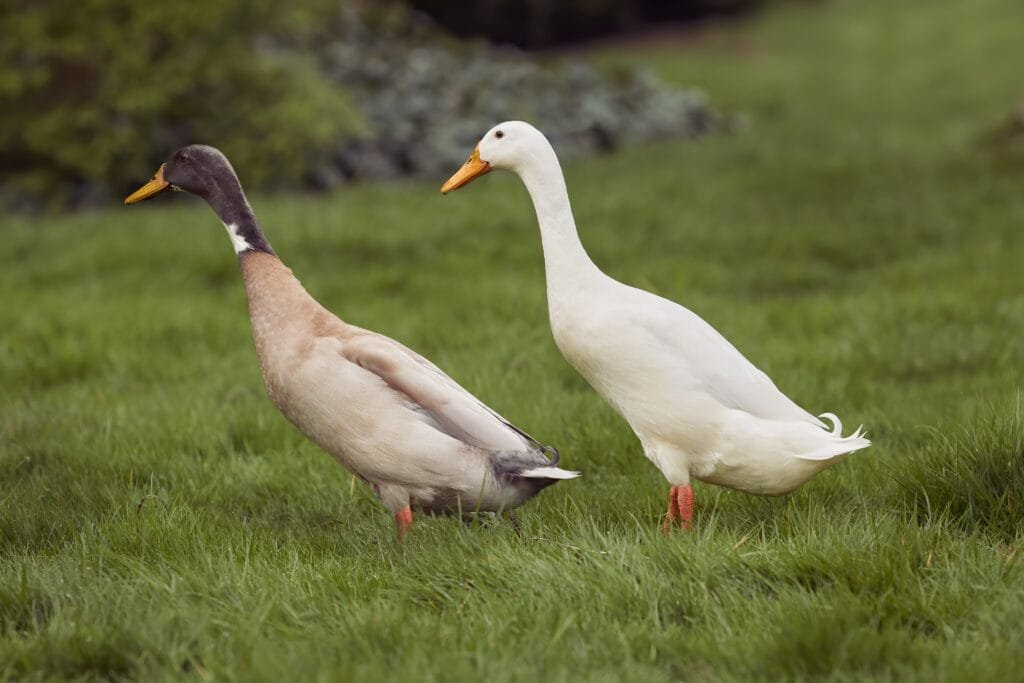
Comparison to Other Duck Breeds
Compared to other domestic duck breeds, Indian Runners stand out for their upright posture and unique movement. Unlike Khaki Campbells, which are also excellent egg layers but have a more traditional duck shape, Indian Runners are more flighty and prefer constant movement. Pekins, on the other hand, are much larger, heavier, and more docile, making them better suited for meat production rather than egg-laying efficiency. While Muscovy ducks are known for their quiet nature and ability to fly, Indian Runners are much more active and dependent on their environment for food due to their superior foraging skills. Choosing Indian Runner ducks over other breeds depends on whether a keeper prioritizes egg production, pest control, or a lively and amusing flock addition.
Are Indian Runner Ducks Good Pets?
Indian Runner ducks can make great pets for those who appreciate their quirky personalities and high energy. While they are not the most affectionate duck breed, they are intelligent and fun to observe. They do best in groups and enjoy social interactions with other ducks. If raised from ducklings with regular human interaction, they can become quite friendly and comfortable around people. Their ability to thrive in a free-range setting makes them a great option for those with space to let them roam.
Final Thoughts on Runner Ducks
Indian Runner ducks are a unique and rewarding breed, offering excellent egg production, natural pest control, and a fun-loving personality. Whether you’re a homesteader, a backyard farmer, or simply a duck enthusiast, these energetic birds can bring both practical benefits and endless entertainment to your flock. With their elegant stance and amusing antics, it’s no wonder they have remained a beloved breed for generations!

Other Duck Breeds
- Cayuga Ducks: The Beautiful Black Duck Breed
- Ancona Duck – A Rare Duck Breed
- Muscovy Ducks: The Gentle Giants of the Duck World
- Welsh Harlequin Duck – Friendly, Hardy, and Stunningly Unique
- Khaki Campbell: The Champion Egg Layer That Can (Almost) Fly
- Crested Ducks: Pets with a Genetic Defect

